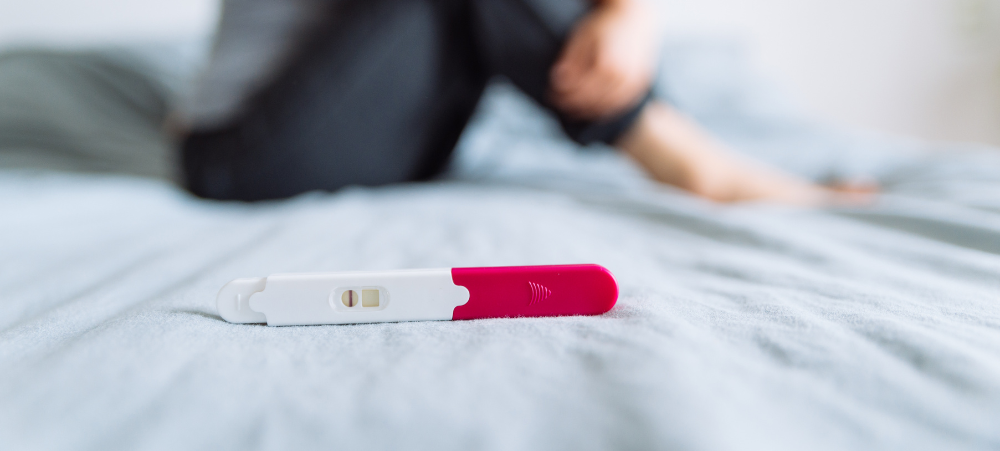
Introducing Cool Stool™
We’ve teamed up with top gut health experts to change the conversation and break the stigma surrounding gut issues. Our goal is to make gut health a fun, everyday topic, and to provide a product that is not only highly effective but also easy and enjoyable to use. Meet Cool Stool™ – Your daily good gut gift! Cool Stool™ is a fresh and much needed addition to health and wellness aisles, bridging the gap between harsh laxatives and soluble and other (often unpalatable) fibre supplements. This delicious, 100% raw, high-fibre, and super seed mix is a nutritionally diverse daily supplement that enhances natural bowel movements and improves gut health. Perfect for those dealing with digestive challenges, Cool Stool™ begins improving digestive health within days while adding a delicious nutty crunch to your meals. This is a very topical topic! “Hack your health – The secrets of your gut” is a recently launched Netflix film offering intriguing insights into how our gut influences overall health, including our brain function. Furthermore, research is continuously being released linking gut health to mental wellbeing, immunity, skin health and more. We believe that Cool Stool™ is your “Good Gut” gift. Who Should Use It? Cool Stool™ makes a valuable addition to anyone’s diet! Used daily, it goes a long way to helping you achieve the daily dose of high fibre and super seeds recommended by nutritionists and gut health experts. Specifically, it has been scientifically formulated to provide an all-natural solution for common digestive ailments like constipation, IBS, and reflux, supporting the management of these conditions. Key Ingredients and Their Benefits: Packed with nature’s best Chia seeds, linseeds, psyllium husk, buckwheat, and digestive bran, Cool Stool™ features a nutritionally-rich and carefully balanced mix of fibre, healthy fats, and essential nutrients. Acacia gum, a natural prebiotic, enhances the symbiotic balance in your gut, promoting the growth and activity of beneficial bacteria. Usage Instructions: Just two tablespoons daily! Achieve optimal gut function with just two tablespoons of Cool Stool™ daily. It’s easy to integrate into your daily routine too! Soak for two minutes in a little water or milk and mix into your smoothie, porridge or breakfast cereal. You can also sprinkle it on a salad. To maximise gut health benefits, pair it with your favourite probiotic like yoghurt, kefir, kombucha or pickles. Health Claims and Expectations Those suffering from chronic issues like constipation, bloating, IBS and reflux can expect to see notable improvements in their digestive health within just a few days of starting their daily regimen. Beyond easing digestive discomfort, Cool Stool™ supports overall wellness. Once a healthy gut microbiome is achieved, other benefits are evident like improved mental health mental health, stronger immunity, increased energy levels, effective weight management, and improved mental clarity. [Discussions around the gut-brain axis is a very topical topic right now!] “Consuming super seeds and maintaining a high-fibre diet over the long term can have profound benefits for your gut microbiome. Regular intake of super seeds along with high fibre- supports a diverse and balanced gut microbiota. This diversity is crucial for optimal digestion, nutrient absorption, mental wellness and immune function.” Product Range Available in 250g resealable packs in three delicious flavours, Original, Cranberry and Vanilla. Availability Cool Stool™ is currently available to order from: https://www.coolstool.co.za Faithful To Nature, Takealot Selected PnP stores Wellness Warehouse Selected pharmacies and health stores nationwide Other major health and wellness retailers have shown great interest and will be on-boarding soon. Customer Offers Sign up to our mailing list to receive a FREE Gut Health Guide, an informative download featuring eating plans, recipes, food swaps and shopping lists to help them get started on their gut health journey. Sign up here Launch offer: 15% off when you order either a Trio Pack or a Six Pack direct from www.coolstool.co.za Follow your gut and follow us! We’ve just launched our communications on social media. Be sure to follow us for product news and gut wellness tips and advice! Instagram Facebook

































